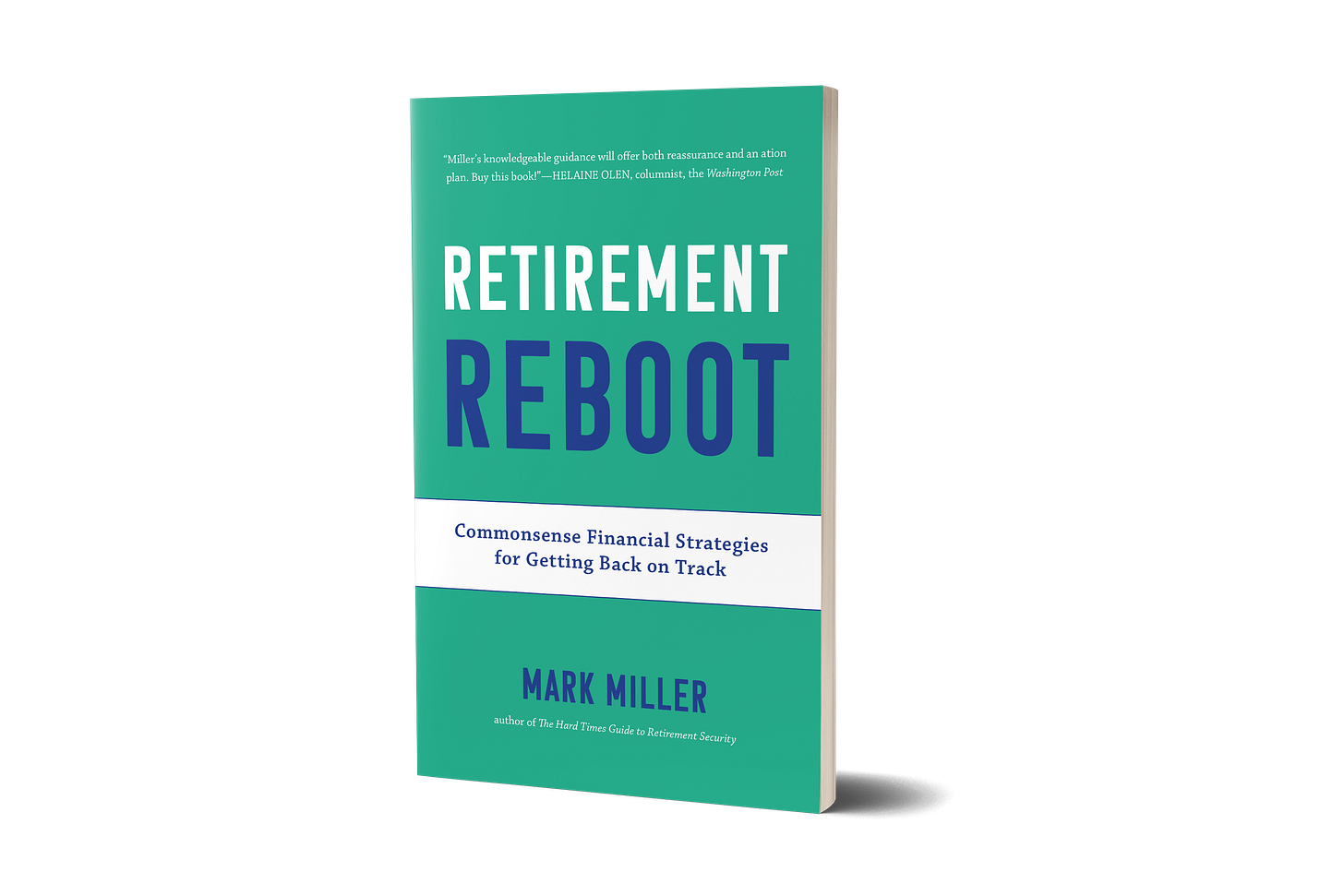Social Security and the myth of the "three-legged stool"
No, Social Security was not designed to work alongside pensions and 401(k) plans. Neither existed in 1935.
Over the years, we have come to think of Social Security as just one compo- nent of retirement income—intended to be just one leg of a “three-legged stool” supporting retirees that also includes savings and pensions. I see this metaphor used often is articles about Social Security, and it is tossed off casually in speeches and interviews given by policy and finance folks.
But the three-legged stool metaphor has precious little basis in history. Pensions and 401(k) and IRA accounts didn’t exist in the 1930s, when Social Security was signed into law. Yes, they both came along later - and today the three legs of the stool are all part of the retirement security landscape. But the three-legged stool metaphor is used as an authoritative-sounding rejoinder to any argument for expanding Social Security: the program was never meant to do any more than it does today. Therefore, it should not.
In 1935, private-sector pensions were rare, and there was no national system promoting retirement savings. And there’s no evidence in the historical record that President Franklin Roosevelt embraced the “three-legged stool” metaphor. In fact, the phrase was first used in 1949 by an insurance company executive whose company sold - ahem - annuities that could supplement Social Security; and it caught on.
Setting history aside, this much is clear today: if we do have a three-legged stool, a couple of the legs are quite wobbly.
Defined benefit pensions largely have been phased out of the private sector. Only about half of private sector workers have access to retirement benefits of any kind, according to Federal Reserve data. In 2019, the median 401(k)/IRA balance for working households getting close to retirement (55-64) was $144,000. That median figure includes only the households who had a plan, and it obscures the much lower figure among lower-income households, people of color and women.
In my new column for WealthManagement.com, I debunk the myth of the three-legged stool.
About that 8.7% COLA - is it enough?
The eye-popping 8.7% bump in Social Security benefits for 2023 served as a reminder of one of the program’s most valuable features—built-in, automatic protection against inflation. You can’t find that in any other retirement benefit.
But did you know that the annual automatic cost-of-living adjustment, or COLA, hasn’t always been a feature of Social Security?
The first automatic adjustment was paid in 1975, following legislation enacted by Congress in 1972. As such, it is one of hundreds of expansions of benefits enacted by Congress since Social Security was signed into law in 1935—although one of the most important. And the COLA serves as a reminder that Social Security is not static: As a country, we could choose to respond to today’s retirement challenges by enhancing the program further.
Coming in January – Retirement Reboot: Commonsense Financial Strategies for Getting Back on Track
Americans approaching retirement age today have experienced some particularly frightening economic waves. During the Great Recession in 2009 and the COVID-19 pandemic of the early 2020s, older Americans experienced higher rates of job loss than younger ones, and the uncertainty caused by the rising inflation rates has led to exceedingly difficult economic circumstances for millions.
My new book, Retirement Reboot: Commonsense Financial Strategies for Getting Back on Track, walks readers through the core decisions to make now to improve a person’s retirement outcomes—even if their planned retirement is just a few years away.
You’ll learn about the basics of rebooting a savings plan with chapters on, among other topics:
• Making a plan
Timing Your Retirement
• Optimizing Social Security
• Navigating Medicare
• Tapping home equity
• Building savings
Retirement Reboot is an essential guide to help readers make the most of their remaining working years—whether they have very small savings or none at all—and reach the retirement they’ve always imagined.
The book will be published in early January, and it is available for pre-order now – reserve your copy at Bookshop.org, or Amazon.
What I’m reading
Why I don’t want I-bonds . . . A run-down on who must pay RMDs this year . . . Fifty years later, Burton Malkiel hasn’t changed his views on indexing . . . An AARP-branded drug plan is too costly for many retirees . . . Don’t let ROBS steal your retirement . . . Investors aren’t adding ESG funds to their 401(k)s . . . What do millionaires invest in?

